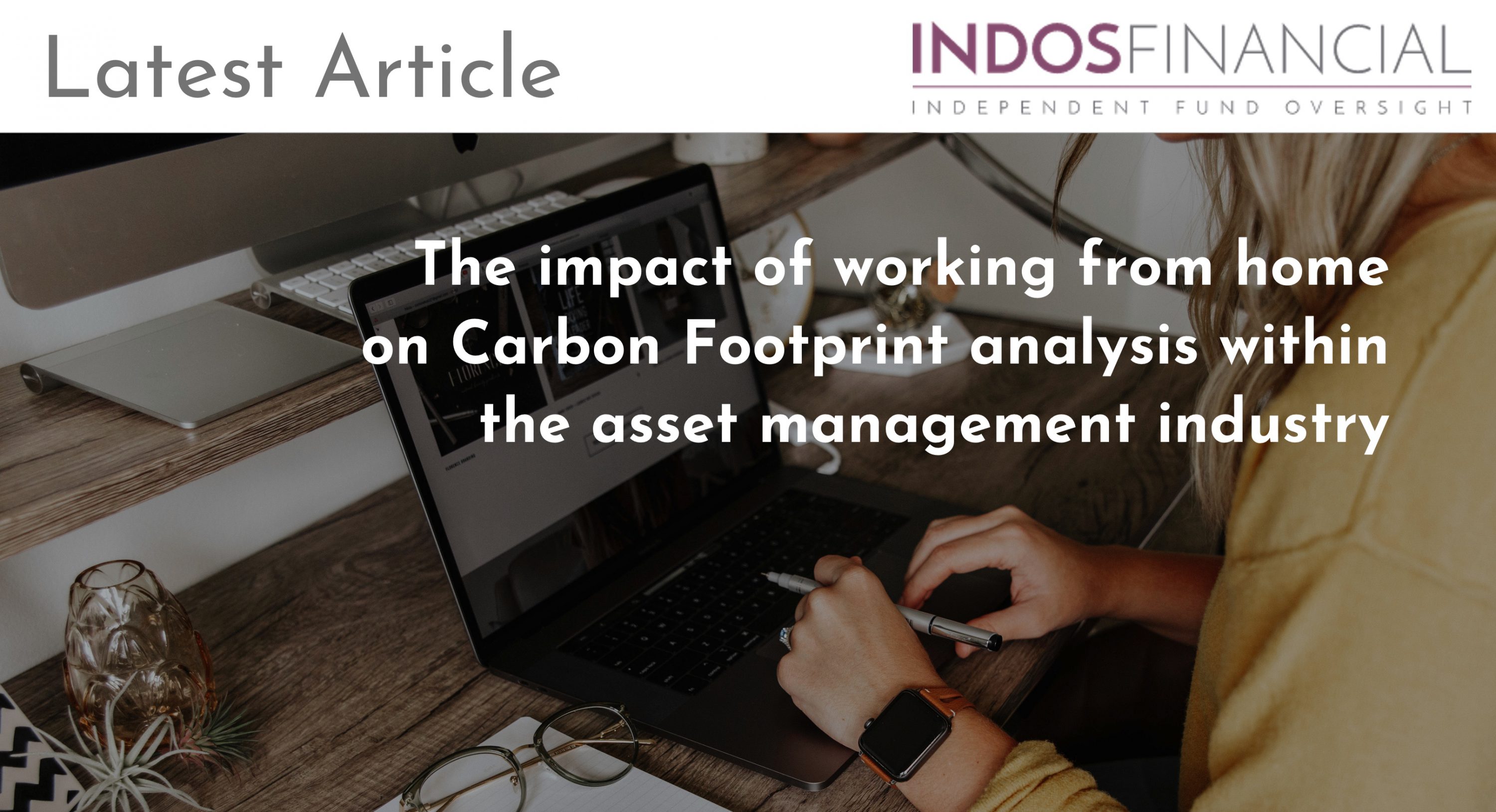The process of becoming carbon neutral has been around for over two decades. In recent years, the number of businesses including many in the asset management industry becoming carbon neutral has increased significantly. Obtaining carbon neutral status is an excellent way for asset managers to demonstrate to investors and other important stakeholders such as their employees they take environmental, social and governance (ESG) matters seriously. The carbon neutral process involves collecting data about a company’s carbon emissions which is then sent to an independent auditor to verify as a form of ESG oversight. Carbon credits can then be issued to the company, thereby offsetting the emissions.
Usually, the process for asset managers is straightforward: identify activities creating emissions such as the use of electricity (business premises) or business travel. However, in 2020 and the impact will be different. As a result of the Coronavirus, many office-based employees are working from home, a practice which is likely to become more widespread in future. Companies should therefore consider how to reflect this within their carbon footprint analysis.
While working from home as a trend existed before Coronavirus because of factors like access to faster broadband, the pandemic has accelerated this trend exponentially with over 45% of workers now reported to be working at home till at least the end of the year. This has exposed issues with the current system for counting emissions since from the standpoint of the measurement standard used, work from home (WFH) emissions form part of a company’s “Scope 3” emissions which place them in the same category as the emissions from the products a traditional company sells. Placing WFH emissions within this category makes it optional to report whereas the inclusion of “Scope 1” office emissions are mandatory.
There have been reports that working from home is more beneficial for the environment as commuting travel has decreased. These savings are quite large, as much as 5% of a staff member’s footprint. This is likely a seasonal benefit due to the mild summers where emissions are lower. In the winter behaviour shifts as heating is needed and emissions from natural gas from boilers increases. For a typical flat, the emissions can lead to an additional 0.3-0.8 tonnes of CO2 over a year. For companies with a lot of staff, this will start to represent a sizable amount of their emissions. Under the current measurement standard companies would under-report emissions as reporting WFH emissions, being a scope 3 emission, is optional and usually excluded.
From a broader asset management perspective, firms often do not fully understand the scale of scope 3 emissions as a whole. Ian Stannard, a Data Strategist at Urgentem commented: “it’s not just the magnitude of the impact that can surprise portfolio managers and asset owners, but also the distribution of the impact across sectors within a portfolio”. What the “new normal” in terms of work from home practices becomes is unknown. However, with work from home expected to increase significantly scope 3 emissions, already the largest category of emissions, is set to grow. Encouraging measurement and full disclosure of these emissions will be beneficial for transparency and enable effective ESG oversight within the asset management industry.




